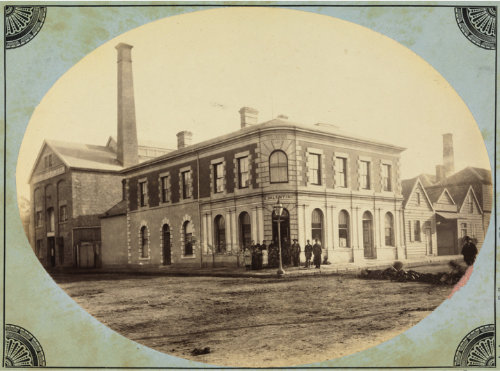 Hobart was colonised by the British between 1803 and 1830. When The City Flour Mill was built in 1864, the first in 23 years, the site was chosen with care. It was built on the waterfront to take advantage of the proximity of the wharf for importing and exporting. The central location, also close to the railway station to come later, gave the Mill a competitive edge which led to the Mill becoming the longest lasting of all Hobart’s mills.
Hobart was colonised by the British between 1803 and 1830. When The City Flour Mill was built in 1864, the first in 23 years, the site was chosen with care. It was built on the waterfront to take advantage of the proximity of the wharf for importing and exporting. The central location, also close to the railway station to come later, gave the Mill a competitive edge which led to the Mill becoming the longest lasting of all Hobart’s mills.
William Gibson had arrived in the Colony in 1854, his wife and family of six children following him on the Ocean Chief the following year. After some years at the Riversdale Mill at Swansea on the East Coast, he came to Hobart and built the flour Mill informing the public that he had done so “regardless of cost combined with all the most modern of improvements”. He continued to run the business until December 1871 when, while supervising the construction of new machinery, his leg was fractured. According to the Launceston Examiner: Less than three weeks later Gibson died from the injury at the age of 49.

